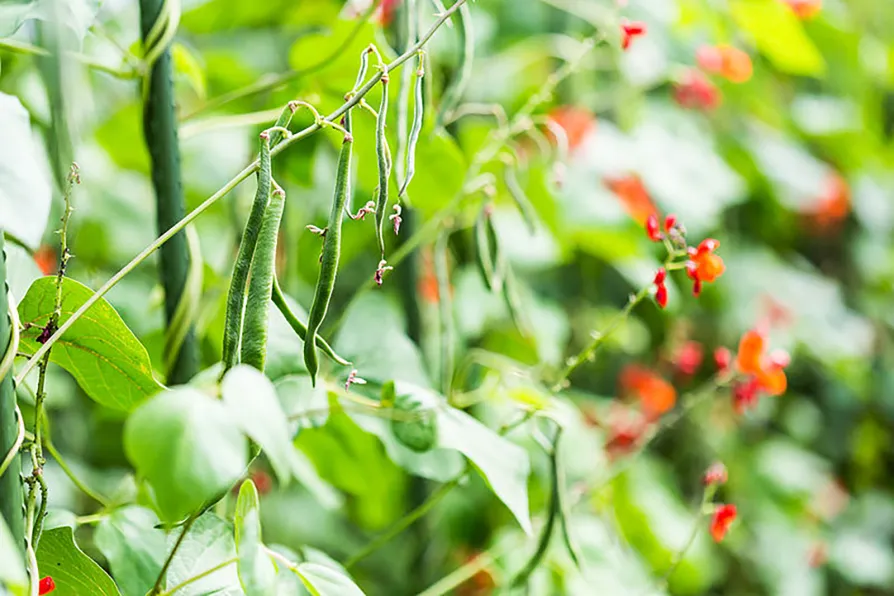After years hidden away, Oldham’s memorial to six local volunteers who died fighting fascism in the Spanish civil war has been restored to public view, marking both a victory for campaigners and a renewed tribute to the town’s proud International Brigade heritage, says ROB HARGREAVES
Be full of beans!
Gardening with MAT COWARD

 [Simon Thomas / Creative Commons]
[Simon Thomas / Creative Commons]
UNLESS we achieve worldwide socialism within the next few weeks — and although I’m not ruling that out in the present climate, it would be improvident to entirely depend on it — it seems possible that we will see food shortages later this year.
I’ve written to my local MP suggesting that Richard Branson, Lord Sugar and all the other pointless tycoons be rounded up, chained together, and made to work the land for us.
But I haven’t had a reply yet, so just in case the government doesn’t take up this idea, my thoughts are turning towards beans.
Similar stories

MAT COWARD presents a peculiar cabbage that will only do its bodybuilding once the summer dies down

It’s a dead easy crop to grow and can be made into one of Britain’s best sauces. MAT COWARD explains how

MAT COWARD battles wayward pigeons in pursuit of a crop of purple sprouting broccoli

Although there’s not much growing in the garden in January, globe artichokes are worth a try if you follow these tips from MAT COWARD










